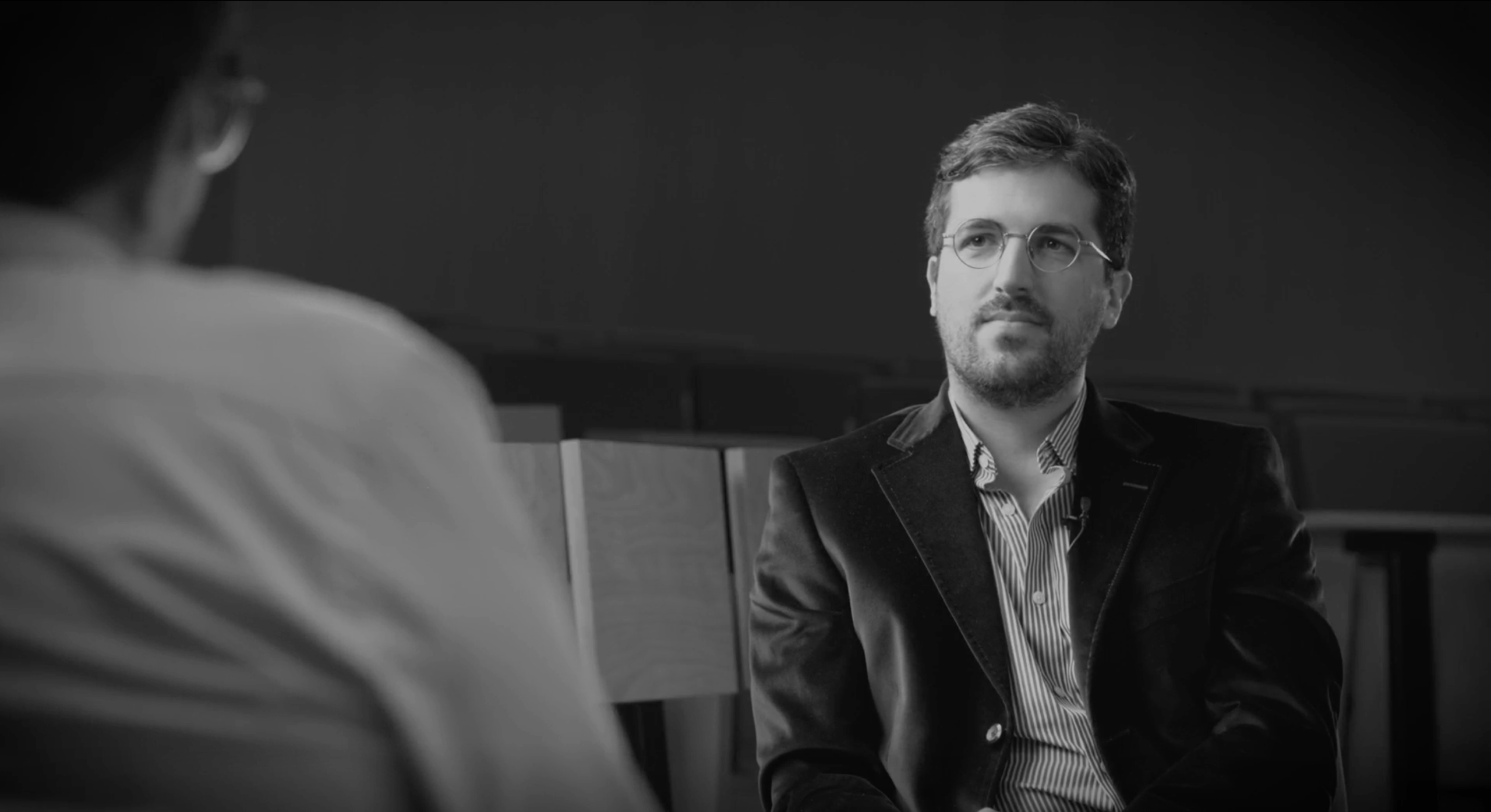
Regenerative medicine for pain treatment with Doctor Guilherme Ferreira Dos Santos, M.D.
SPECIALIST/S
- Guilherme Ferreira Dos Santos - MIVI Barcelona Sagrat Cor Medical Coordinator
DESCRIPTION
In this video, Dr. Guilherme Ferreira dos Santos – an expert in pain medicine and regenerative therapies at MIVI Salud – explains clearly and closely what this innovative technique consists of and what types of injuries can benefit from it. Tendinitis, joint injuries, muscle pain or mild to moderate osteoarthritis… Regenerative medicine stimulates the body’s ability to heal, using minimally invasive treatments that seek to repair damaged tissue and restore function without the need for a scalpel. If you suffer from chronic pain or persistent discomfort, this video can help you understand new treatment options.
TRANSCRIPT
What is regenerative medicine?
Regenerative medicine is a branch of medicine that seeks to to slow down the progression of degenerative diseasesusing the patient’s own products, known as autologous products. In the context of Pain Units, it becomes a promising tool to treat common pathologies in a safe and effective way.
Main applications in Pain Units
Osteoarthrosis and vertebral pathology
One of the main indications for regenerative medicine is degenerative cartilage disease. degenerative cartilage diseasesuch as osteoarthrosis of large joints: knee, hip and shoulder. It is also applied in pathologies of the spine such as the osteoarthrosis of the lumbar facets and intervertebral disc problems.
Tendon and muscle injuries
The second major group of indications includes tendon and muscle tendon and muscle injurieswhere this type of treatment has shown good clinical results.
Advantages over other techniques
Reduced risk of side effects
One of the main advantages of these therapies is that, since they are the patient’s own products, they can be used for patient’s own products, they do not present a risk of side effects or long-term complications, as is the case or long-term complications, as is the case with corticoids or anesthetics infiltrated repeatedly.
Safety in repeated treatments
This allows for several several applications per year on the same joint or structure without compromising the health of the tissue, something that does not occur with conventional treatments.
Substitution or complement?
For now, regenerative medicine complements complements other techniques such as radiofrequency, anesthetic infiltrations or nerve blocks. However, it is expected that in 10-20 years it will become one of the main tools in Pain Units, due to its efficacy and lower toxicity.
Products used: plasma and stem cells
Platelet-rich plasma and derivatives
Blood products, such as platelet-rich or platelet-poor platelet-rich or platelet-poor plasmacan be easily extracted from a patient’s blood sample. These are frequently used and are well supported by the scientific literature.
Stem cells: a developing technique
The stem cellsusually obtained from bone marrow or adipose tissue, have great potential. However, in Spain they are currently
Importance of treatment personalization
At MIVI, priority is given to an individualized strategy:
-
Adequate selection of the patient and his pathology.
-
Assessment of the stage of the disease.
-
Determination of the number of applications required.
For example, a tendon, a joint and an intervertebral disc require different approaches. require different approachesand the number of sessions may vary from one to three over a period of one or two months.
Follow-up after treatment is key
After a biological infiltration, it is necessary:
-
Adjust or discontinue certain analgesic drugs.
-
Plan the return to return to physical activity in a progressive manner.
-
Manage expectations for improvement, which are not immediate are not immediateas in the case of corticoids.
In fact, about 20-25% of patients may experience an increase in increase in pain in the first few days after theafter the technique. For this reason, good good doctor-patient communication is essential.
Therapeutic education and real expectations
Unlike corticosteroids, which offer rapid improvement, biologic treatments require 2 to 3 weeks. require 2 to 3 weeksto start showing results. For this reason, the patient must be clearly informed about the evolution times, aftercareAftercare and possible lifestyle adjustments must be clearly communicated to the patient.
Where should research efforts be focused?
MIVI Salud, as a group involved in research, is working on:
-
Define the appropriate doses and protocols according to the type of pathology: disc, joint or tendon.
-
Study which stages of the disease respond best to to different treatments.
-
Establish the optimal frequency and duration of the therapeutic cycles..
For example, it is not yet clear whether a patient with grade 2 discopathy benefits more from a single application or three, nor whether treatment should be repeated every 6 or 12 months. These are some of the questions still to be resolved..
A tool with a present and a great future
Regenerative medicine not only represents the future, it is already a growing realitywith more and more applications and scientific backing.
With the commitment of the MIVI Group, we continue to advance in personalization, safety and efficacy, in order to offer each patient the most appropriate treatment, at the right time.